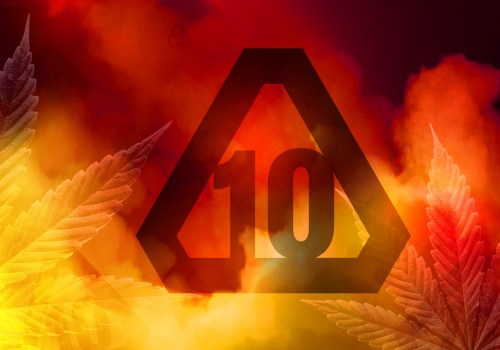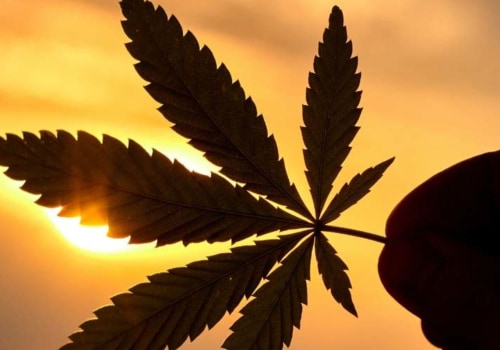The National Hemp Production Program has established federal oversight of hemp production in the United States. Laws in at least 47 states regulate the cultivation, processing, and sale of industrial hemp or cannabis products. These laws usually define industrial hemp as having a THC concentration of 0.3 percent or less, except for West Virginia which has a concentration limit of 1 percent or less. States have also defined other terms, such as “hemp extract” and “CBD oil” with THC and CBD concentration specifications.
Various parts of the hemp plant, such as the seeds, oil, and fiber, can be used for products like textiles, fuels, personal care, pharmaceuticals, and foods and beverages. Cannabis plants are still classified as Schedule I substances under the Federal Controlled Substances Act, making it difficult to research for medical use or to develop products. Products labeled as containing hemp and which may also contain THC or CBD are prohibited from being introduced into interstate commerce according to article 301 (ll) of Law FD&C. A state that wishes to have primary regulatory authority over hemp production must provide a plan to the USDA that includes how it will collect information on hemp production sites and what methods the state will use to sample and analyze THC.
Hemp producers may be eligible to receive agricultural loans from the FSA, such as loans for operations, property, beginning farmers and for agricultural storage facilities. After the approval of the farm bill, the USDA published a final provisional rule last October that established rules for domestic hemp production. The USDA agencies that manage agricultural programs, including the Agricultural Services Agency (FSA), the Natural Resources Conservation Service (NRCS), and the Risk Management Agency (RMA), benefit hemp producers through crop insurance and agricultural loan, conservation and safety net programs. Licensed hemp producers must declare the planted area along with their license number to the local FSA office.
Civilizations have used hemp for centuries to produce a variety of products, such as paper, cloth, and ropes. Growers can now purchase coverage if they have a contract for the purchase of insured hemp and comply with all applicable state, tribal and federal regulations. The ingredients derived from hemp seeds that are subject to these GRAS alerts contain only traces of THC and CBD, which the seeds can pick up during harvest and processing when they come into contact with other parts of the plant. Eligible hemp producers are eligible for several NRCS conservation programs, including the Environmental Quality Incentive Program, the Conservation Management Program, the Agricultural Conservation Easement Program, and the Regional Conservation Partnerships Program.
Starting in the 1990s, advocacy groups began to push for legalization of industrial hemp production. However, the USDA will not grant a hemp production license to any producer in a state who has applied for or has already been approved for their own regulatory program. Crop insurance provisions state that hemp with a THC level greater than 0.3 does not constitute an insurable cause of loss.







